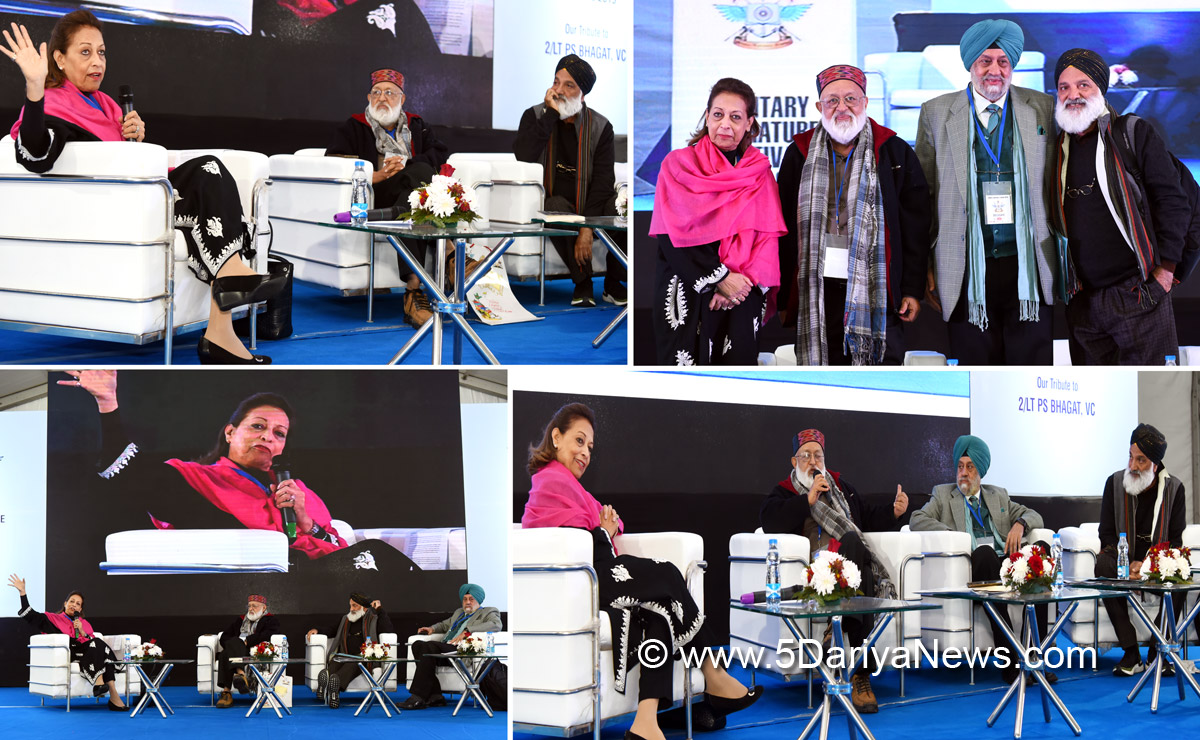Lt Gen KJ Singh (Retd)
COMANNDING Officers (COs) in the Army are referred to as Tigers and in Cavalry, they are called Commandants; naturally, they are expected to have that additional bit of swag. Like the endangered species in jungles, this breed in uniform has become nearly extinct. Social media is abuzz with lament about compliant commanders. I was lucky to be commissioned into 63 Cavalry in 1977, where one didn’t have to go to the zoo or a wildlife sanctuary to spot the Tiger.
My first Commandant, Lt Col Sudhir Sonpar, was a diehard bachelor and a real Tiger, perpetually at war with the higher headquarters. He had earned the Vir Chakra in UN peacekeeping operations in Congo as Subaltern, while fighting the Katangese rebels. He had also fought bravely in Bangladesh as squadron commander. His philosophy was simple, “Once you cross the international boundary, you are your own tiger.” The standard response to higher HQ on radio should be: “Nothing heard, out.” To our query as to how the higher HQs would know about our progress, his response was: “They will read the bloody headlines.”
He was equally on rampage on our side of the border, but some stories are best left out. It is to the credit of the system that he rose to command an Independent Armoured Brigade. He did get tamed (just a wee bit) after command and got married. Alas, we lost him after retirement.
He was followed by Col Inder Sodhi, most unflappable and real cool. Once he set off for a bit of legal shooting on Babina ranges with his entire command team in tow. This was after checking about the ranges being safe, with no night firing scheduled. Soon, we heard a deafening sound of tank guns firing. We rushed out in panic to stop the firing, which was being carried out by the regiment commanded, ironically, by his own cousin. Luckily, the shikaris had found shelter in the nullahs, though after a real close shave. Firing was stopped and after much coaxing, the party was evacuated from the target area, luckily unscathed.
The million dollar question was: will the Tiger roar and what will be the plight of the one who had signalled clearance on safety? The Commandant just smiled and remarked that with the shoot having been ruined, it was time to play bridge. When the defaulter went to apologise, he just waived him off and advised him to be more careful, specially when the entire command team is involved.
Tigers of yore, besides having a solid backbone, were unflappable and gifted with benign humour. My regiment was raised in Alwar in 1957 and those days the unit area was an extension of forest reserve and Sariska sanctuary. One morning, the CO was given a report that a ‘real’ tiger had came to the unit lines at night. He countered: who was the ‘unreal’ tiger? Alas, Tigers, ‘real and unreal’, are vanishing both in the bush and more importantly, in uniform.




















 ‘Mumbai is always on terror radar’
‘Mumbai is always on terror radar’ He was speaking at the launch of Nitin Gokhale’s book RN Kao, Gentleman Spymaster. RN Kao, was founder of RAW, India’s external spy agency. Army Chief General Bipin Rawat released the book.
He was speaking at the launch of Nitin Gokhale’s book RN Kao, Gentleman Spymaster. RN Kao, was founder of RAW, India’s external spy agency. Army Chief General Bipin Rawat released the book.




























































